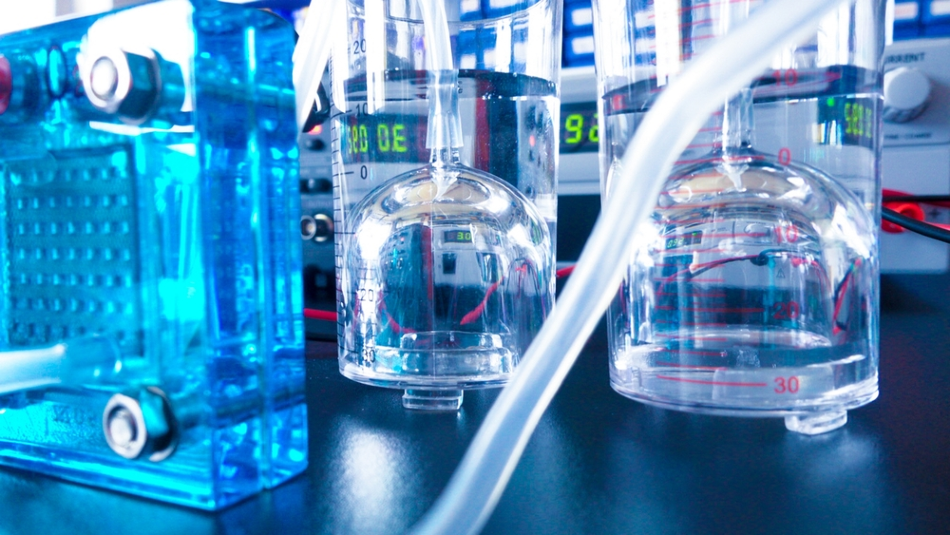Feb 9 2008

Image Credit: science photo/Shutterstock.com
Article updated on 18/02/20 by Clare Kiernan
Full cell vehicles are two to three times more efficient than traditional models. The fuel cell vehicle’s propulsion system is entirely different from conventional vehicles, and unlike conventional vehicles, fuel cell vehicles produce no harmful exhaust emissions.
Fuel cell vehicles are powered by hydrogen and only emit water. This key difference is driving the market for this new breed of vehicle, with sales increasing by 80% between 2017 and 2018. Now, with governments worldwide initiating legislation for future bans on petrol, diesel, and even hybrid cars, the growth of the fuel cell vehicle market is expected to boom.
Fuel Cell - The Basics of the Fuel Cell
Fuel cells connect chemical energies of oxygen and hydrogen to create electricity without combustion and generating pollution. The only byproducts of a fuel cell are heat and pure water.
Cars, trucks, and buses can be driven by a fuel cell. Fuel cell-powered vehicles will be more energy-efficient and cleaner than vehicles powered by internal combustion engines.
How Does a Fuel Cell Work?
Fuel cells generate electricity through an electrochemical reaction between hydrogen and oxygen. A hydrogen-containing fuel and air are used as sources of hydrogen and oxygen.
There are many components in a fuel cell power system. The heart of the fuel cell is the stack. The stack is composed of many thin and flat cells sandwiched together. There are several different materials in each cell. Layers referred to as catalysts, are responsible for initiating the chemical reaction which produces electricity.
Hydrogen from a hydrogen-containing fuel moves through the cell and comes across the first catalyst layer. The release of protons and electrons in the catalyst produces an electrical current to power the vehicle. The protons then travel through the electrolyte to the second catalyst layer where the hydrogen reacts with oxygen from the air to generate water. The water produced can be gathered and reused within the system. However, a tiny amount is released as water vapor through the exhaust system of the vehicle. Each cell produces electricity, and the output of all the cells is combined to power the vehicle.
Comparison between a Combustion Engine and a Fuel Cell
Less than 20% of the energy in gasoline is converted into power in the internal combustion engines of vehicles today. On the other hand, fuel cells can capture up to 60% or more of the fuel’s energy to power a vehicle.
The other advantage of a fuel cell is that it creates zero emissions. The only emission from a fuel cell vehicle powered using hydrogen is water vapor. Fuel cells can also run on any hydrogen-rich gas or liquid if the hydrogen-rich gas or liquid is suitable for the process.